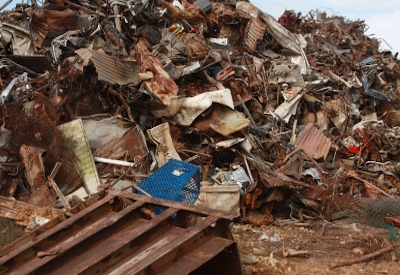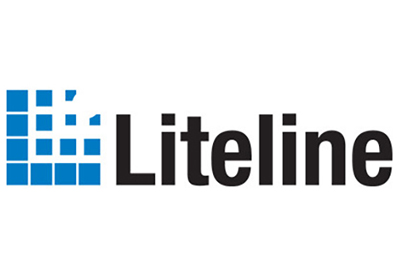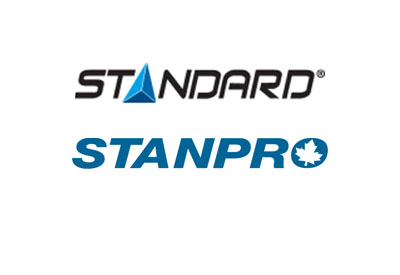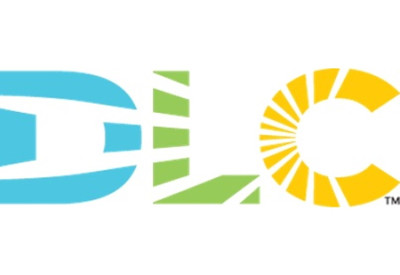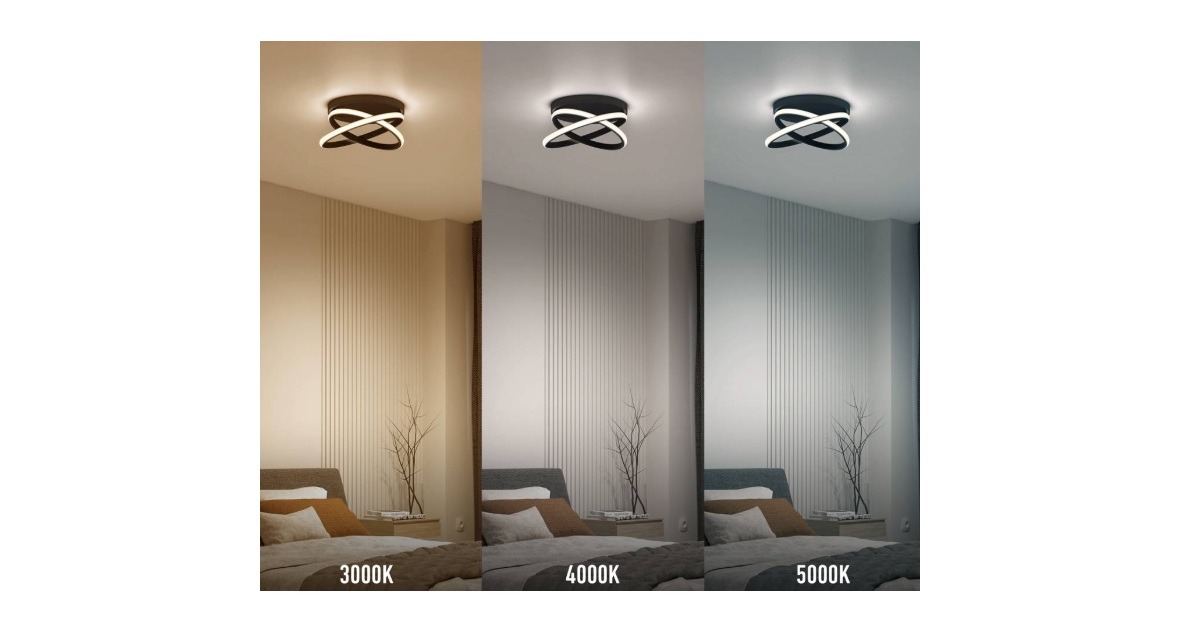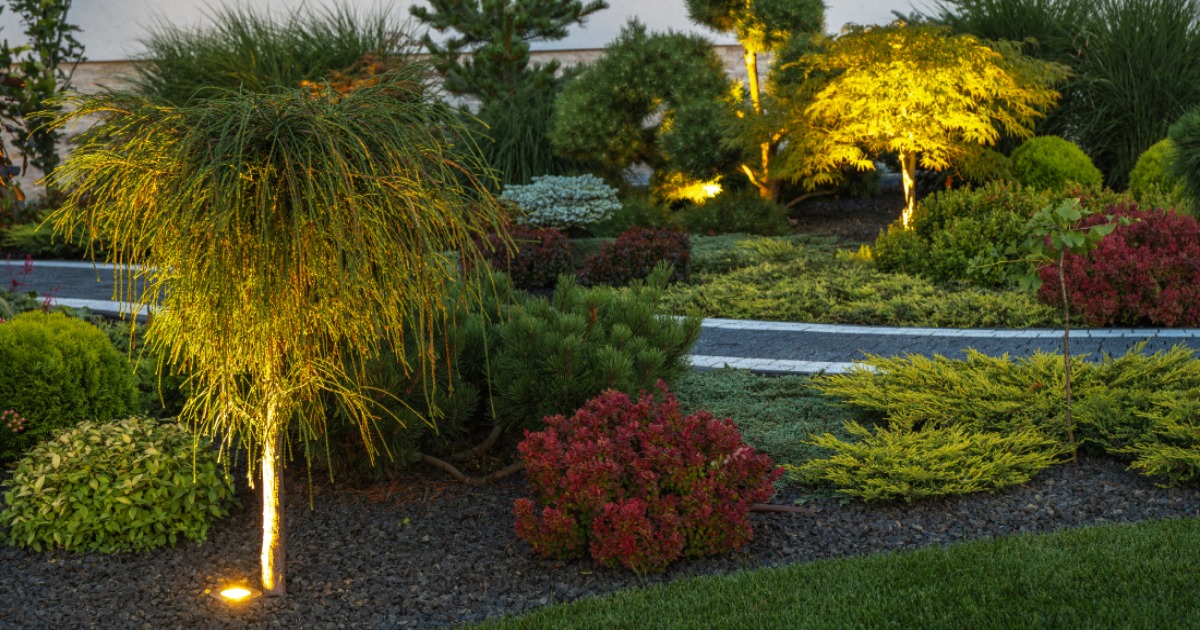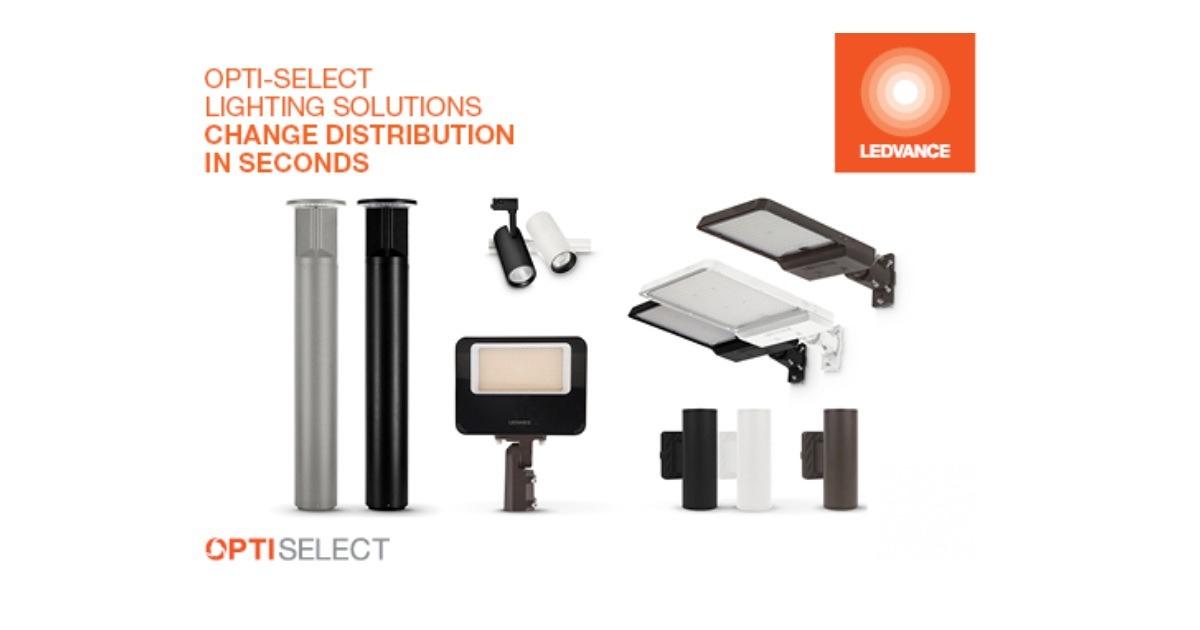Shining a Light on Recycling: Mercury Containing Lamps
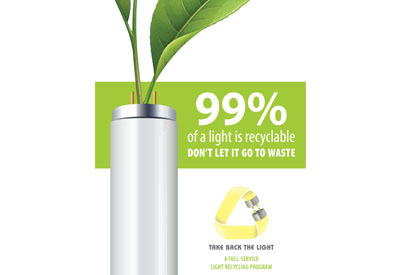
By: Owen Hurst
June 1, 2017
The proper recycling of mercury containing lamps has become the focus of several programs and government legislation recently. Several provinces have developed programs designed to eliminate mercury containing lamps from ending up in landfills, while others are dominated by private recycling programs. Whether government initiated or private recycling mercury containing lamps is important for the future of our environment.
Ontario:
Take Back the Light is the Recycling Council of Ontario’s program that recycles mercury-containing lamps. You may have seen them at trade shows, but do you understand the program and how it works to properly manage hazardous material?
LDS got the chance to chat with Jodi Houston, Outreach Manager for Take Back the Light to get all the details of the valuable program.
Established in 2008 the program took aim at the growing number of unrecycled bulbs ending up in landfills. It recognized the growing consumer use of mercury-containing compact fluorescent light and the lack of proper recycling options. In the absence of government regulations, Take Back the Light was designed to help shift the lighting supply/sales markets to extend their responsibility to supporting proper recycling for their customers.
The program primarily targets the recovery of mercury found in bulbs to eliminate it contaminating air, water and soil, but also recovers and recycles glass, metals and phosphor. There are approximately 30 million fluorescent lamps disposed of each year in Ontario. That number represents approximately 312 kg of mercury, 8 million kg of glass and 128,000 kg of phosphor. In 2008, it was estimated only seven per cent of fluorescent lamps were recycled.
Since its inception, the program has successfully diverted a high number of that waste. Take Back the Light has seen 19,763,068 lamps recycled. The program has diverted 69.5 kg of mercury, 66,720 kg of phosphor, 68,498 kg of metal and 4,664,269 kg of glass from ending up in Ontario’s landfills. And the number of recycled lamps is growing each year. In 2015 3,236,445 lamps were recycled while in 2016 that number jumped to 5,385,727.
Take Back the Light also recycles up to 99 per cent of every bulb. Each one gets broken down to its base components (mercury, phosphor, metal and glass) before being distributed to known points of final disposition. This is one of the main feature of Take Back the Light, and what truly sets it apart. There is a complete tracking and recording process that monitors every lamp they take in. Electrical companies partnered with Take Back the Light are not only guaranteed that every bulb is recycled, they can also track it and provide their customers with direct assurance they have properly recycled every bulb they have replaced.
For the recycling of mercury Take Back the Light works with Aevitas Inc and Veolia Environmental, which have committed to full transparency in their recycling process that includes a materials management audit. Take Back the Light established a materials management standard that is specific to mercury-containing lamps and was developed through extensive stakeholder consultation by the Bureau of Normalization de Quebec, an independent professional standards organization.
Take Back the Light verifies, as an independent administrator, that every spent lamp processed through the program is managed responsibly through to final disposition. Aevitas and Veolia are the only processors to date in Canada that meet Take back the Light’s stringent standards.
The Government of Ontario recently released a provincial strategy that identifies mercury-containing lamps as a priority product for producer responsibility and or possible disposal bans. The industry is also advancing in this area with retrofit rebate programs that also demand proper recycling of materials, and Take Back the Light can provide that proof.
In conclusion, Take Back the Light is a unique and successful markets-based program that continues to drive recycling forward, and with new legislation coming into play the program is a prime outlet for buyers, suppliers and contractors to get the recycling assurances they need to meet changing laws and provide peace of mind.
For a full list of Take Back the Lights partners and further details on the program see:
http://www.takebackthelight.ca/
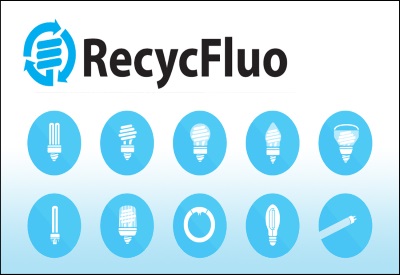 Quebec:
Quebec:
In Quebec, the premier recycling program is RecycFluo that is operated by the Product Care Association (PCA) and is recognized by Recyc-Quebec. RecycFluo is a non-profit program funded by the recycling fees paid to the program by its members. The program accepts mercury-containing light bulbs and fluorescent tubes from Quebec consumers and businesses.
There are more than 400 collection sites across the province. To learn more about the program and a list of deposit sites see:
Alberta:
Since 2006 Alberta Infrastructure has worked to recycle mercury containing bulbs that had been in use in government buildings. They have thus far recycled 350,000 fluorescent light bulbs.
Alberta is lagging behind the legislation on recycling lightbulbs that can be found in provinces like Ontario and Quebec. However, many manufacturers, distributors and contractors have taken it upon themselves to offer recycling options, and can be easily located with a google search.
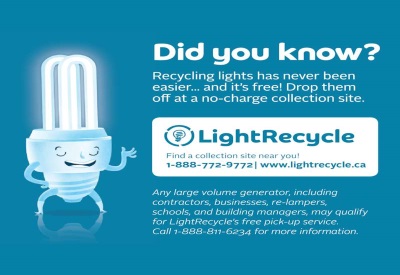 British Columbia:
British Columbia:
In British Columbia, the LightRecycle program oversees the collection and recycling of mercury containing lamps. LightRecycle is a national program that has certified collection locations in British Columbia, Manitoba, Ontario, Quebec, Prince Edward Island and Washington State. Since 2010 they advertise that they have collected over 12.5 million lights.
For more information on LightRecycle see:
Saskatchewan:
In Saskatchewan SaskPower, through Recycling for the Environment, promotes that CFL’s should be properly recycled, and directs individuals to designated recycling locations.
There also exist privately owned Recycling facilities such as K-light Recycling that has been operating in Regina for over 15 years and focuses on providing environmental lamp recycling services.
K-Light recycling: http://www.klightrecycling.com/
Manitoba:
Recycle Manitoba has a section on their website that direct individuals where lights can be recycled. The LightRecycle program is the primary means of lamp recycling in Manitoba.
Newfoundland:
Newfoundland has a somewhat different stance, having not yet made a decision about advancing a lamp recycling program, although it is still possible to recycle mercury containing lamps at designated recycling depots. Again, there are several private recycling firms such as RETHINKWASTENL that are picking up the slack for the provincial government.
If you go to the Newfoundland/Labrador website, go to the Environmental assessment tab, then the section titled Environmental Science and Monitoring Programs, under the subheading ‘Implementation Plan for mercury in Fluorescent Lamps’ it states:
“Newfoundland and Labrador intends to examine the recycling of fluorescent lamps. If it can be determined that recycling of mercury-containing fluorescent tubes is not cost prohibitive, the Government will encourage and promote recycling as a means of implementing the CWS. However, there are no mercury recycling companies currently operating in this province and transportation costs may make such efforts cost prohibitive. Consequently, implementation of the CWS will likely be through voluntary efforts to encourage building owners to use low mercury content fluorescent tubes.”
http://www.mae.gov.nl.ca/env_protection/science/fluorescent.html
New Brunswick:
New Brunswick has recycling stations that allow for recycling but no provincial program is in place. Fundy Region Solid Waste advertises that “compact fluorescent light bulbs and fluorescent tubes are accepted at our Household Hazardous Waste Facility free of charge.”
Nova Scotia:
Efficiency Nova Scotia has a very simple but direct message regarding mercury containing lamps, “Clear out your mercury. Clean up our environment.”
They acknowledge that mercury containing products are harmful to the health of humans, fish, and wildlife. They encourage Nova Scotians to bring mercury containing products to local drop-off locations where they will be recycled free of charge.
For a list of drop off locations see:
https://www.efficiencyns.ca/service/mercury-collection/#tab-drop-off-locations
Prince Edward Island:
Since 2015 PEI has operated the Prince Edward Island Lamp Stewardship Program Plan that works alongside the LightRecycle program we have identified above.
For more information:
http://www.lightrecycle.ca/consumers/prince-edward-island/faqs/
Yukon:
Environmental Yukon operates a hazardous waste program that is province wide. “Community Services and participating municipalities offer household hazardous waste collection days each year. On these days, residents are invited to bring their household hazardous waste to their local solid waste facility free of charge.”
For a list of these waste collection sites see:
http://www.env.gov.yk.ca/air-water-waste/special_waste_regs.php
Northwest territories:
In the Northwest Territories, there are several private disposal sites where mercury containing lamps can be taken for recycling. There is also a detailed file provided by the Northwest Territories on the recycling of mercury containing lamps.
http://www.enr.gov.nt.ca/sites/default/files/brochures/mcl_recycling_per_web_2012_guide.pdf
Nunavut:
In Nunavut recycling of fluorescent lights is primarily undertaken by Fluorescent Lamp Recyclers Inc. The Florescent Lamp Recyclers do operate nationally but is the primary collection program found in Nunavut.
http://www.canadianenvironmental.com/marketplace/marketplace_detail.cfm?RecordID=1528

